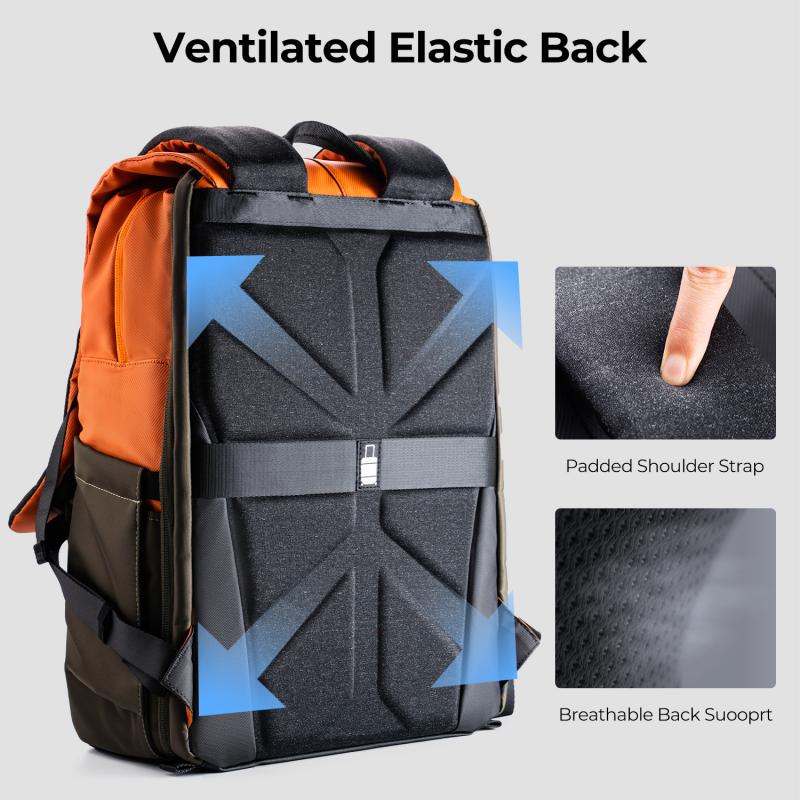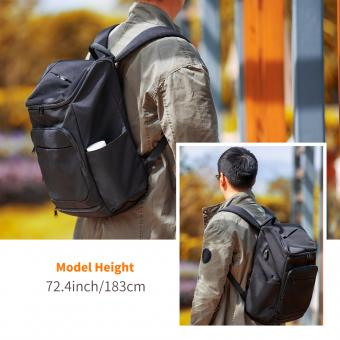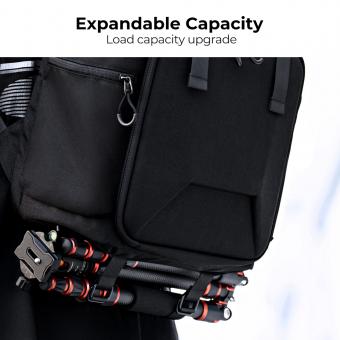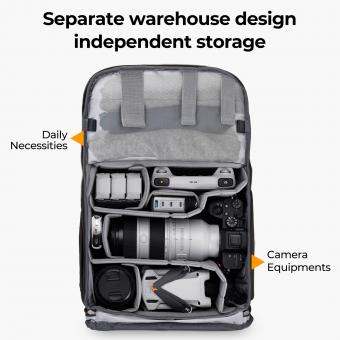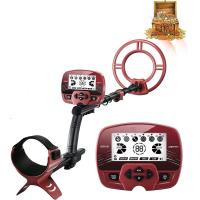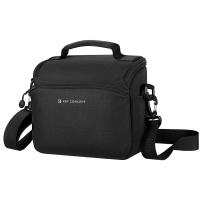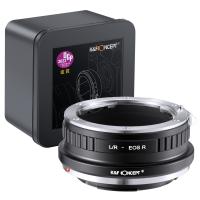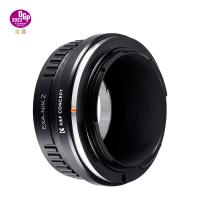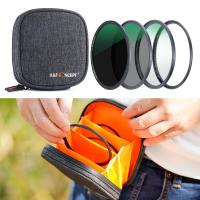How Big Of A Backpack Do I Need ?
The size of the backpack you need depends on your specific needs and intended use. Factors to consider include the duration of your trip, the type of activities you will be engaging in, and the amount of gear and supplies you plan to carry. For day trips or short hikes, a smaller backpack with a capacity of around 20-30 liters may be sufficient. For longer trips or multi-day hikes, a larger backpack with a capacity of 40-70 liters or more may be necessary to accommodate additional clothing, food, and camping equipment. It is important to choose a backpack that fits comfortably and distributes weight evenly to avoid strain or discomfort during your adventures.
1、 Capacity: Determining the appropriate size based on storage needs.
Determining the appropriate size of a backpack depends on your storage needs. The capacity of a backpack is a crucial factor to consider when choosing the right one for your specific requirements. Whether you are planning a short day trip or a long hiking expedition, having enough space to carry all your essentials is essential.
When considering the size of a backpack, think about the duration and purpose of your trip. For a day trip, a smaller backpack with a capacity of around 20-30 liters might be sufficient to carry your water bottle, snacks, extra clothing, and other essentials. However, if you are planning a multi-day hike or camping trip, you will need a larger backpack with a capacity of 40-70 liters to accommodate your sleeping bag, tent, cooking equipment, and additional clothing.
It is important to note that the size of the backpack should also be proportional to your body size and strength. Carrying a backpack that is too large or heavy for you can lead to discomfort and strain on your back and shoulders. Therefore, it is advisable to try on different backpack sizes and ensure that the one you choose fits comfortably and distributes the weight evenly.
Additionally, consider the type of activities you will be engaging in during your trip. If you plan on carrying specialized equipment such as camera gear, climbing gear, or fishing equipment, you may need a backpack with specific compartments or attachments to accommodate these items.
In recent years, there has been a trend towards ultralight backpacking, where hikers aim to reduce the weight of their gear as much as possible. This has led to the development of smaller, lightweight backpacks with innovative designs and materials. If you are interested in this approach, you may opt for a smaller backpack with a capacity of 30-40 liters, designed specifically for ultralight backpacking.
In conclusion, determining the appropriate size of a backpack depends on your storage needs, the duration and purpose of your trip, your body size and strength, and the type of activities you will be engaging in. Consider these factors carefully to ensure you choose a backpack that meets your requirements and provides comfort and functionality throughout your journey.
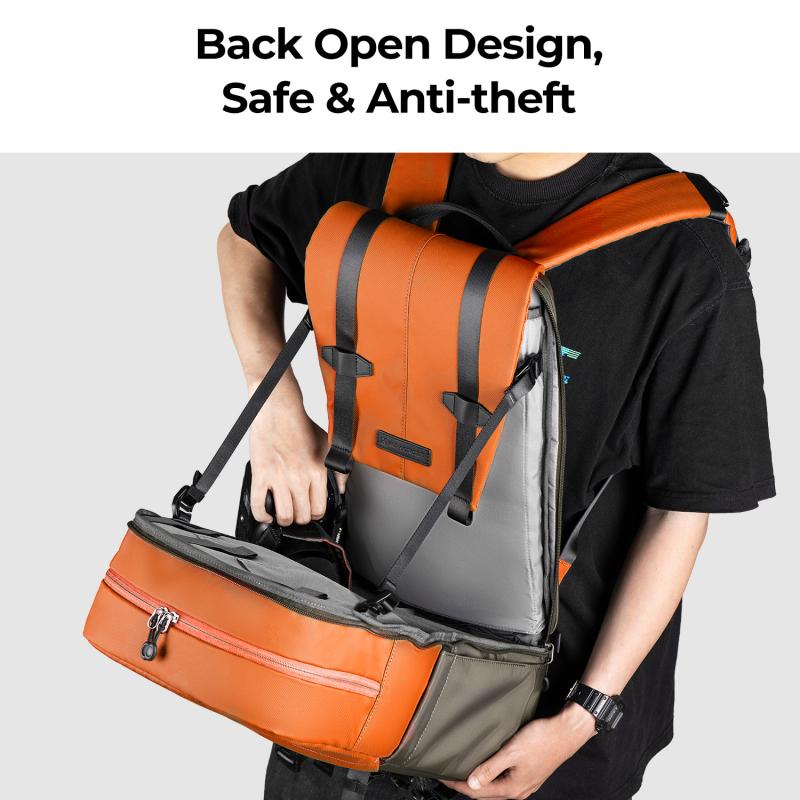
2、 Dimensions: Considering the height, width, and depth of the backpack.
How big of a backpack do I need? Well, the answer to that question depends on a few factors. The most important consideration is the purpose for which you will be using the backpack. Are you planning a short day trip, a weekend getaway, or a long-term travel adventure? Each of these scenarios will require a different size backpack.
Dimensions: Considering the height, width, and depth of the backpack is crucial. The height should be tall enough to accommodate your belongings without them sticking out or getting squished. The width should be wide enough to fit your essentials comfortably, while the depth should provide enough space for bulkier items.
For a day trip or a short hike, a smaller backpack with dimensions around 18-25 inches in height, 12-15 inches in width, and 6-8 inches in depth should suffice. This size will allow you to carry essentials like water, snacks, a camera, and a light jacket.
If you're planning a weekend getaway, a medium-sized backpack with dimensions around 20-28 inches in height, 14-18 inches in width, and 8-10 inches in depth would be suitable. This size will provide enough space for a change of clothes, toiletries, and other necessary items.
For long-term travel or backpacking adventures, a larger backpack with dimensions around 26-32 inches in height, 18-22 inches in width, and 10-14 inches in depth would be more appropriate. This size will allow you to carry clothing, shoes, electronics, and other essentials for an extended period.
It's worth noting that the latest trend in backpacks is towards more compact and lightweight designs. With advancements in materials and technology, backpacks are becoming more ergonomic and efficient in their use of space. So, even if you're planning a longer trip, you may not need an excessively large backpack.
Ultimately, the size of the backpack you need will depend on your personal preferences, the duration of your trip, and the amount of stuff you plan to carry. It's always a good idea to try on different backpacks and consider their dimensions before making a purchase.
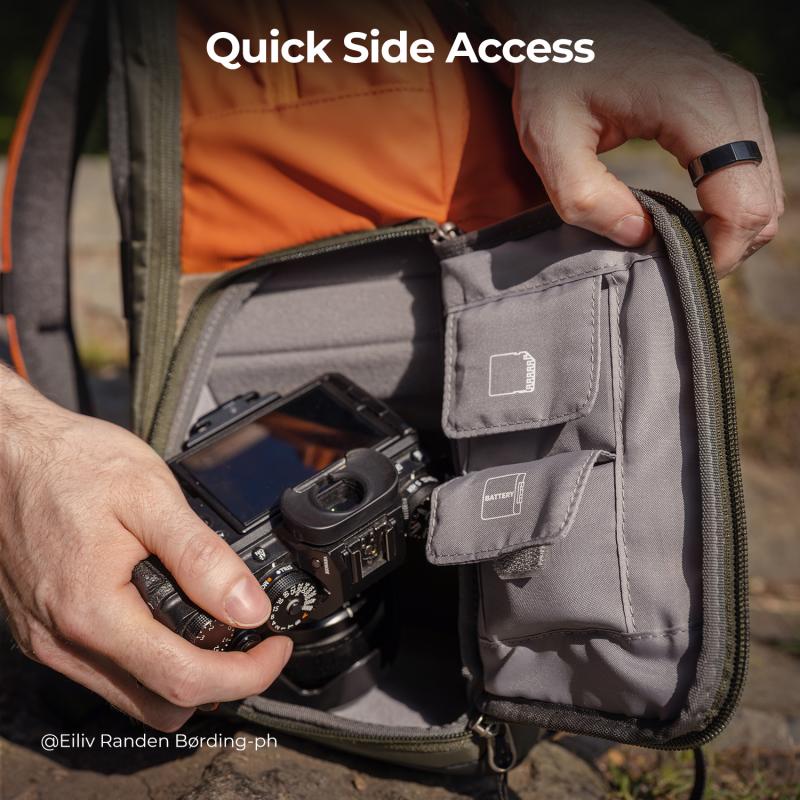
3、 Weight: Evaluating the weight of the backpack itself.
How big of a backpack do I need? Evaluating the weight of the backpack itself is an important factor to consider. The weight of the backpack can vary depending on its size, material, and design. It is crucial to find a balance between a backpack that is spacious enough to carry all your essentials, yet not too heavy to become a burden.
When determining the size of the backpack, consider the duration and purpose of your trip. If you are planning a short day hike, a smaller backpack with a capacity of around 20-30 liters may be sufficient. However, for longer trips or multi-day hikes, a larger backpack with a capacity of 40-60 liters or more might be necessary to accommodate extra clothing, food, and camping gear.
Additionally, the weight of the backpack itself should be taken into account. A lightweight backpack is desirable as it reduces strain on your back and shoulders. Look for backpacks made from lightweight materials such as nylon or polyester, and consider features like padded shoulder straps and a supportive hip belt to distribute the weight evenly.
It is also worth mentioning that the latest trend in backpack design is towards ultralight backpacking. This approach focuses on minimizing the weight of all gear, including the backpack itself. Ultralight backpacks often have a capacity of 30 liters or less and are made from lightweight materials like Dyneema or Cuben Fiber.
In conclusion, the size of the backpack you need depends on the duration and purpose of your trip. Consider the weight of the backpack itself and aim for a balance between spaciousness and weight. The latest trend towards ultralight backpacking may also be worth exploring if you are looking to minimize weight.
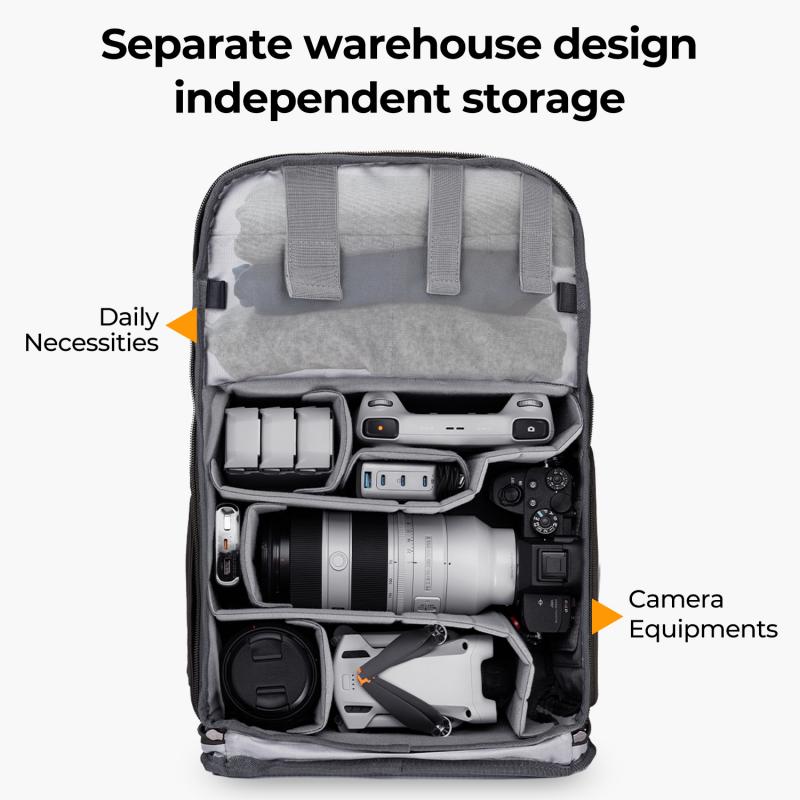
4、 Fit: Ensuring the backpack fits comfortably on the wearer.
Fit: Ensuring the backpack fits comfortably on the wearer.
When it comes to choosing the right backpack, one of the most important factors to consider is the fit. A properly fitting backpack can make a world of difference in terms of comfort and functionality. So, how big of a backpack do you need?
The size of the backpack you require depends on a few key factors. Firstly, consider the purpose of the backpack. Are you planning on using it for day trips, overnight hikes, or long-term travel? The duration and type of activity will determine how much space you need.
Next, think about the amount of gear you typically carry. If you're a minimalist traveler or hiker, a smaller backpack with a capacity of around 20-30 liters may be sufficient. On the other hand, if you tend to pack more gear or need to carry specialized equipment, you may require a larger backpack with a capacity of 40 liters or more.
Additionally, consider your body size and shape. A backpack that fits one person perfectly may not be suitable for another. Look for adjustable straps and a harness system that can be customized to your body. This will ensure a comfortable fit and distribute the weight evenly across your shoulders and hips.
Lastly, keep in mind that the weight of your backpack should not exceed 20-25% of your body weight. Carrying a heavy load can lead to discomfort, fatigue, and even injury. So, choose a backpack size that allows you to pack what you need without exceeding this limit.
In conclusion, the size of the backpack you need depends on the purpose, amount of gear, and your body size. It's important to find a backpack that fits comfortably and distributes weight effectively. By considering these factors, you can choose the right size backpack for your needs and enjoy your adventures with ease.
